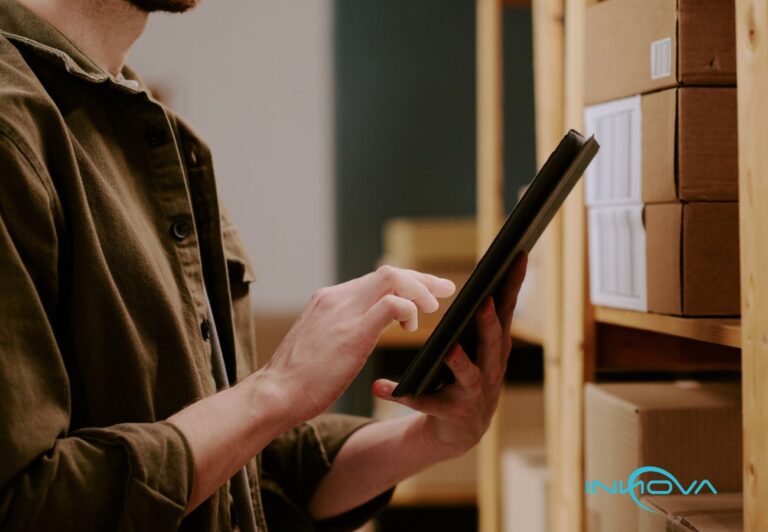Enjoy the Audio Version of the Article!
In many manufacturing companies, inventory management and warehouse movements are still based on manual or paper-based processes. Despite having SAP, many organizations struggle because the standard SAP model is not fully optimized for the dynamic nature of on-site warehouse operations. The result is inventory discrepancies, wasted time, and frustration across warehouse, logistics, and production teams.
In a modern manufacturing environment, the goal is for every warehouse movement to be recorded in real time, with minimal effort and maximum accuracy. However, when warehouse operations are managed without specialized tools, multiple issues arise. Below, we identify the main challenges of managing warehouse movements using the traditional SAP and paper-based approach and then explore how a mobility-focused solution—such as SiMA—can transform these processes.

Issues with Manually Recording Warehouse Movements in SAP
- Errors from Manual Transcription: In manufacturing plants, it’s still common for operators to jot down material consumption for a production order on paper, which is later entered into SAP by someone else. A single miscopied digit in a material code—such as mistaking an MRO spare part for a critical raw material—can trigger a movement that directly impacts the consumption of a production order. These errors require manual corrections and may distort production cost calculations.
- Incorrectly Recorded Goods Movements: When material arrives at the warehouse but the movement is recorded hours later, the production line might start operating without SAP reflecting that availability. The same happens with unrecorded consumption, especially during shift changes. An operator might withdraw parts for maintenance without logging it immediately in SAP, creating a mismatch: the system shows available stock that is actually already in use or on an assembly line.
- Lack of Traceability and Evidence: If a pallet arrives damaged or a steel coil has a defect, in a manual environment there’s no evidence left in SAP. The movement may be recorded, but there’s no photo or validation of the item’s actual condition. In internal audits, inventory discrepancies are often found with no way to determine whether the damage occurred during receipt, in the staging area, or during transfer to production. It’s also impossible to know who physically handled the material if another user in the office entered the transaction.
- User Interface Not Suited for Shop Floor Operators: Transactions like MIGO or LT06 aren’t designed for someone wearing gloves or operating a forklift in front of a rack. Even SAP Fiori applications—while more modern—often replicate the same desktop-oriented screens and workflows, requiring excessive navigation and almost a mouse-level precision that’s impractical on the shop floor. In manufacturing, operators often need to scan a label or confirm a location transfer right on the production floor but end up writing it down on a paper for someone else to input into SAP later. This delay causes the movement to not be reflected in real time, leaving SAP stock data “frozen” compared to the physical reality.
- Disconnected Processes Between Logistics, Production, and Warehouse: Production may launch an order believing there are X units available in the warehouse, based on SAP, when they were already consumed by another line and the movement hasn’t yet been recorded. Logistics may plan a shipment unaware that the finished product is physically ready but hasn’t been posted. Each department maintains its own Excel sheets or physical logs, leading to redundant checks, phone calls, and manual verifications.
- Inability to Attach Supporting Documents (Photos, Signatures, etc.) in SAP: During the receipt of critical imported components or high-value parts, warehouse staff may take photos or request the carrier’s signature—but that evidence stays in a physical folder or someone’s personal phone. Linking it to the SAP movement requires additional transactions or external repositories, which are rarely used. As a result, in the event of a supplier claim or quality inspection, SAP lacks complete traceability for the movement.
How a Tool Like SiMA Optimizes Warehouse Movements in SAP
To overcome the limitations mentioned above, companies are adopting solutions that complement SAP by fully digitizing warehouse operations. SiMA, developed by Innova, is an example of a specialized tool that radically improves how warehouse movements are recorded in SAP environments. What functionalities does such a solution offer to optimize inbound and outbound flows? Below, we highlight the most important ones and how they contribute to a more efficient and connected warehouse:














